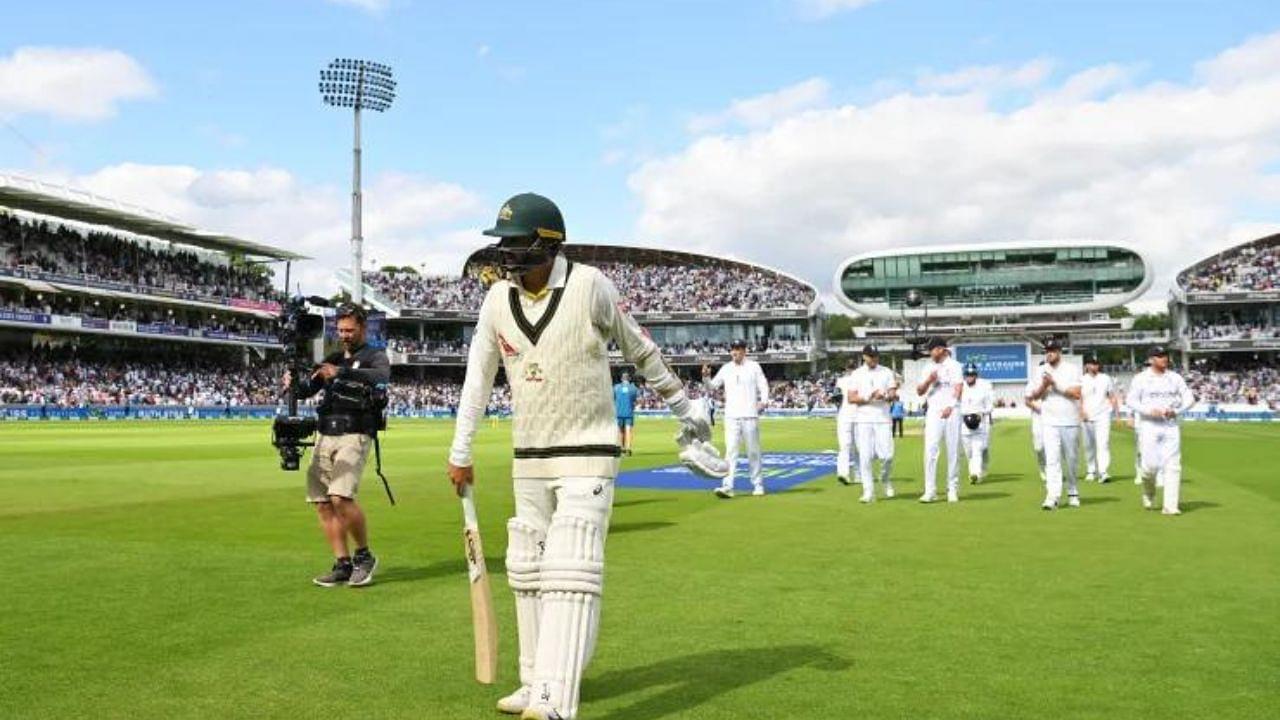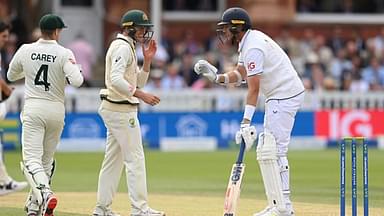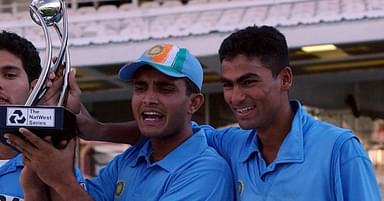With Australia nine wickets down and their lead in the second innings of the ongoing Ashes 2023 Test match at Lord’s past the 350-run mark, out came champion off-spinner Nathan Lyon hobbling in apparent pain amidst a huge cheer from the crowd, applauding his act of bravery and selflessness for the team’s cause.
Advertisement
Having injured his right calf during the afternoon session of Day 2 while fielding, Lyon was seen limping on crutches the next morning while entering the stadium. The significant extent of his injury had already ruled him out of the ongoing Test, but the fact that he was supposed to bat (and run) without the help of a runner became the talking point for the rest of the day’s play.
Fans across social media sites even went on to criticize the ICC (International Cricket Council) for not making an exception to their law of disallowing runners during international matches, in cases of players being injured to such an extent.
Cricket Runner Rules
The ICC had come up with certain changes to the playing conditions back on October 1, 2011. One such change resulted in runners being outlawed in international matches. Section 25.5 of the ICC playing conditions states that “runners shall not be permitted” under any circumstance.
Having said that, the Marylebone Cricket Club (MCC), which administers cricket laws, continues to have a section which allows runners to join the two batters at the crease. A team can, thus, appoint a player to run on behalf of a certain batter who is not comfortable running between the wickets only during domestic fixtures or other non-international matches.
While there is no specific incident which led to this change in international cricket, a controversy had erupted after former South Africa captain Greame Smith was denied a runner by his then English counterpart Andrew Strauss and the umpires after the former had complained to have suffered cramps while batting during a Champions Trophy 2009 match in Centurion.
Smith had went on to argue that players have had the assistance of runners in the past due to cramps, and there should be consistency in allowing the same. Strauss, on the other hand, had opined that cramping was more of a fitness-related issue and did not merit a runner.
Former Sri Lankan captain Arjuna Ranatunga used to frequently ask for runners and was provided with the same most of the times during his playing days, regardless the extent of his injury.
Thus, as it is really challenging to gauge the nature and extent of injury suffered by a batter on the field of play, the ICC decided to not have the runners at all since October 2011.
Disadvantages Of Not Allowing Runners In Cricket
The biggest disadvantage of disallowing runners in international cricket is that a seriously injured player can further aggravate his/her injury in a bid to display their courage for the team’s cause (like in Lyon’s case on Saturday).
A similar incident had taken place a couple of months ago, when KL Rahul had walked out to bat for his side during an Indian Premier League 2023 match despite suffering a serious thigh injury while fielding in the first innings.
While the ICC is arguably correct to disallow runners as batters might fake an injury/cramp due to possible fatigue or otherwise, exceptions should be made in cases where the extent of injury is explicably serious enough (as in Lyon’s or Rahul’s case) or when an injured batter arrives to bat at No.11.
Especially during Test matches, a team can lose out on a frontline batter’s services in both the innings if he/she gets injured while fielding on Day 1. A runner, in such a case, will not only prevent possible exacerbation of the batter’s injury, but also reduce the extent of advantage meted out to the opposition team.






